How to create a Real-Time Life Size Hologram with Technology
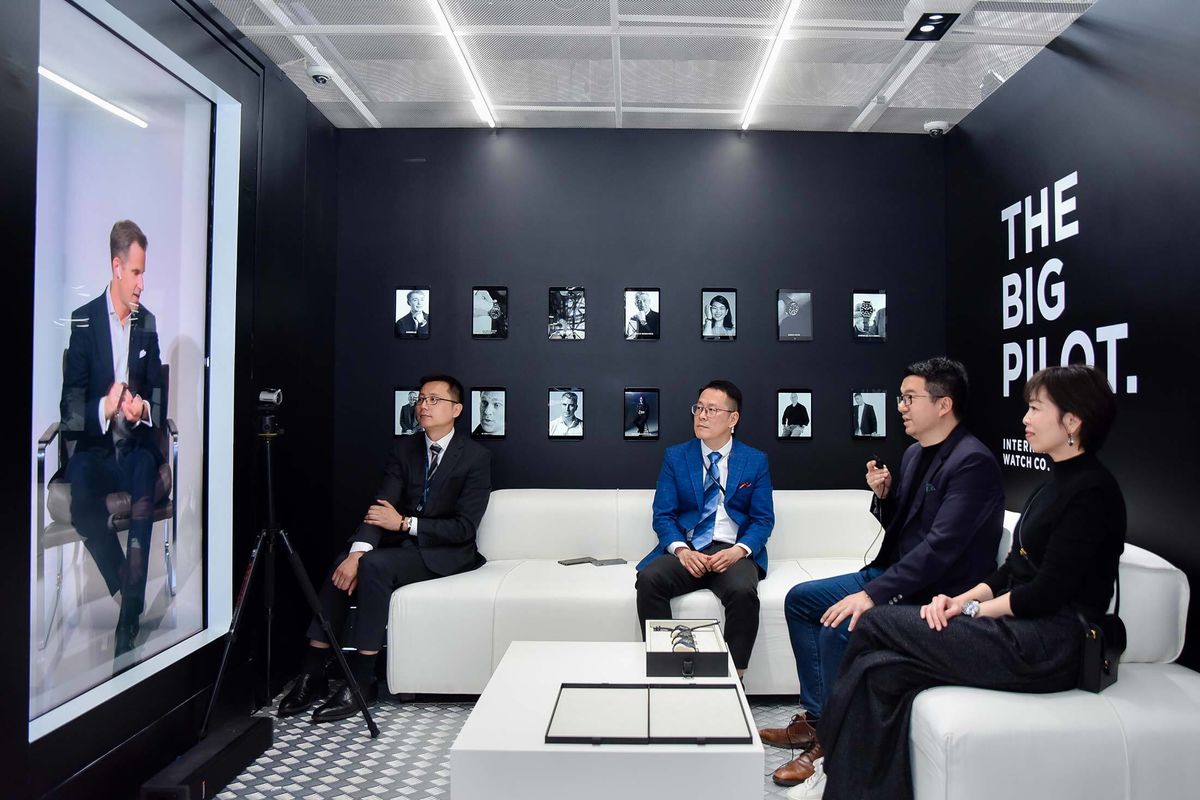
What is a real-time hologram?
A real-time hologram is a three-dimensional visual representation of something that isn’t physically present. A hologram is a technique for making a real-time projection of a remote person, place, or object. It comes from the word “holo” which means “whole.” A hologram is a whole image made from just a single viewpoint. Real-time holograms are made with a technology called volumetric capture or volumetric video. A computer-generated hologram is a 3D representation of a person, place, or thing that looks so real you might think it was actually there.
Types of Real-Time Holograms
Computer-generated holograms fall into two main types: real-time holograms and preloaded holograms. Real-time holograms are live projections of people or things that are happening right now. Holograms can also be preloaded. These are still generated by a computer, but they are already saved as a 3D image file. Real-time holograms are much more complicated to produce and require specialized equipment. But they also have more potential for the future and are a lot more fun to use than preloaded holograms. Preloaded holograms are a lot easier to set up and use, and can be made with a simple camera and some computer software. They can also be saved and played back at any time. Preloaded holograms are like watching a video, but with a computer-generated 3D image.
How does it work?
The technology behind holoportation is known as volumetric capture. This technology uses a light-field camera to record the light hitting every point in a scene from every direction. It also records the position of the camera, the direction the camera is pointed, the brightness of the light hitting the scene, and the color of the light. A light-field camera costs about $80,000. But if you’re interested in remote-holoportation, it might be worth the investment. Light-field cameras are made for researchers who want to analyze images and test new holographic displays and lenses. When used for volumetric capture, a light-field camera takes a series of images from different angles simultaneously. Volumetric capture creates 3D images that contain the colors and brightness of the scene. This creates a lot more information and makes the hologram look realistic and natural.
Equipment you’ll need
Computer - To generate a real-time hologram, you need a computer with a good graphics card or an ultra high-end laptop such as an Apple iMac or Microsoft Surface. You can also try using a server. Light-field Camera - A light-field camera is the essential piece of equipment in this process. It is used to capture the light rays from a scene from all directions, like a normal camera captures the light from a scene from one direction. Holographic Display - This is the device that projects the 3D image of the hologram. The most common type of holographic display is a volume holographic display, which creates images in thin air that look like they are made of light. This is how we create a real-time hologram.
Conclusion
The technology behind holoportation is known as volumetric capture. This technology uses a light-field camera to record the light hitting every point in a scene from every direction. Volumetric capture creates 3D images that contain the colors and brightness of the scene. This creates a lot more information and makes the hologram look realistic and natural. A light-field camera records the light in a scene from all directions. This creates a 3D image that contains the colors and brightness of the scene. Volumetric capture is the technology used to create real-time holograms. It takes a series of images from different angles simultaneously. When images are taken from different perspectives, they are known as light fields. These images are then converted into a 3D image that is projected as a hologram.


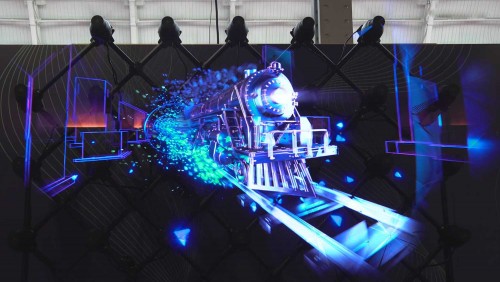
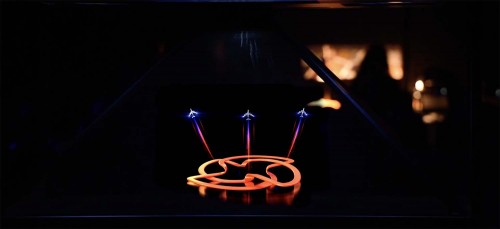
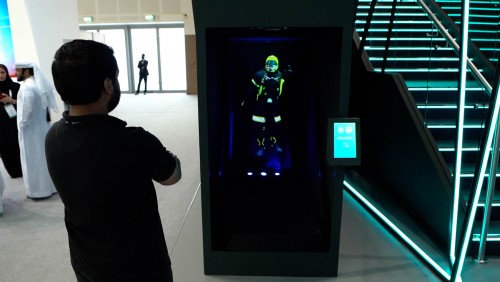
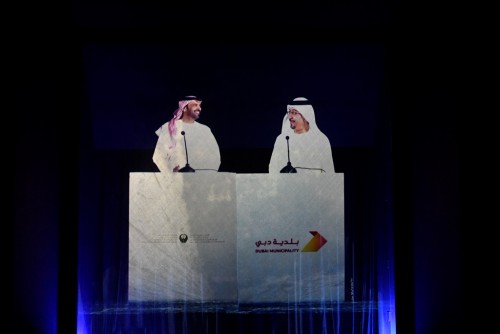

 Call
Call
 Mail
Mail